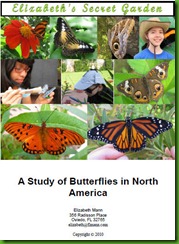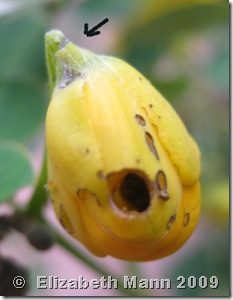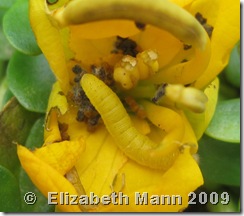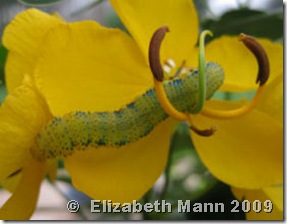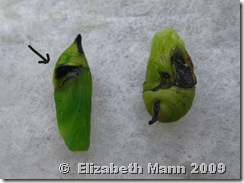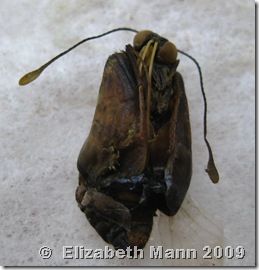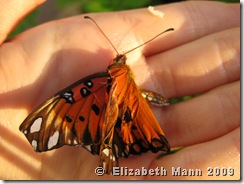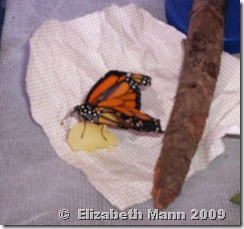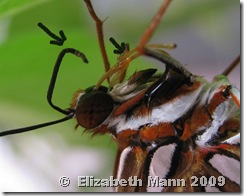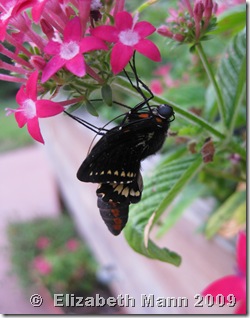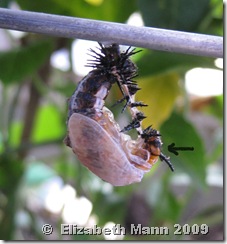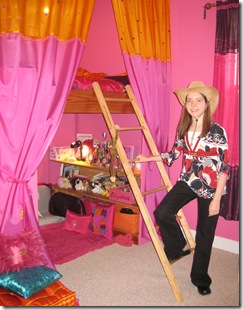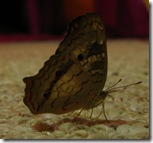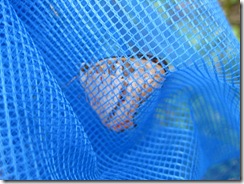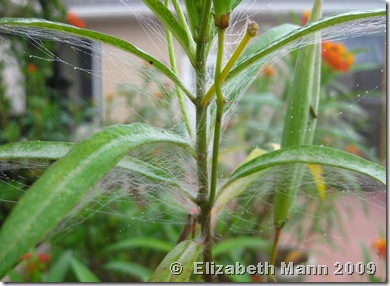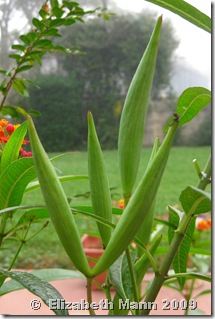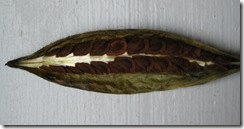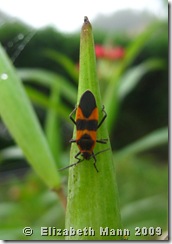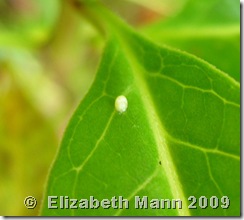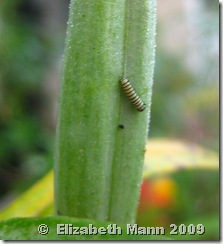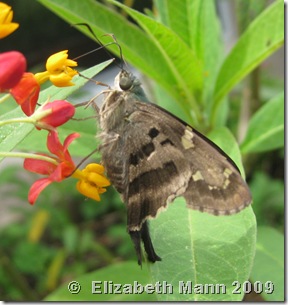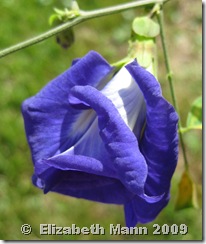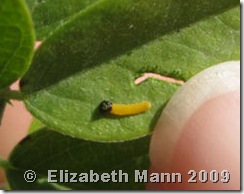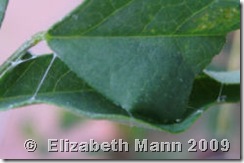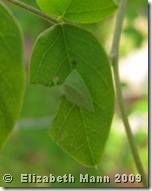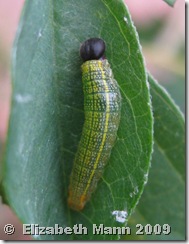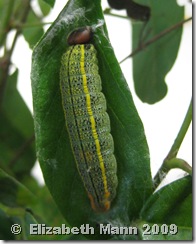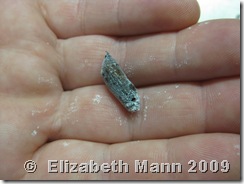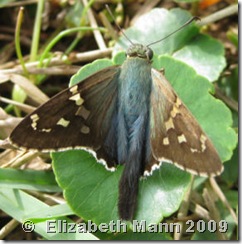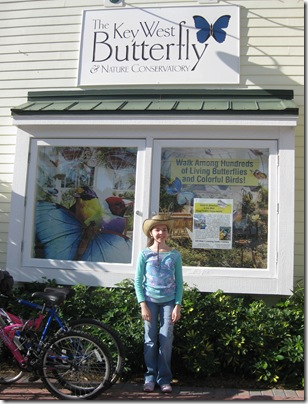
For Thanksgiving weekend our family went on a trip to Key West. The highlight of our trip was visiting The Key West Butterfly & Nature Conservatory http://www.keywestbutterfly.com/ .

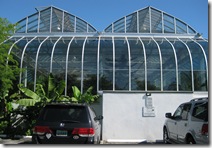
This beautiful Victorian style structure includes a gift shop, gallery, learning center, and a 5,000 sq. ft. glass enclosed conservatory. The conservatory is full of 50-60 different exotic butterfly species from butterfly farms from around the world. The conservatory has a computer controlled weather system that provides a tropical climate for the many butterflies (this was my dad’s favorite part).
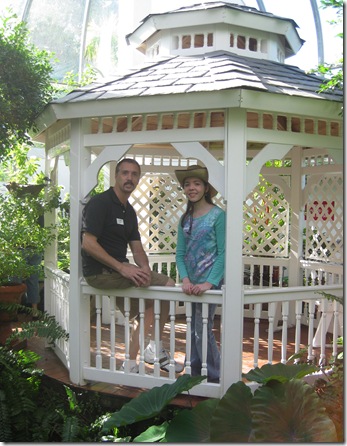
Sam Trophia (above) and George Fernandez are both owners of The Key West Butterfly & Nature Conservatory. Sam Trophia gave me a tour of the conservatory and shared how it is operated. It was a pleasure to hear about his own journey with butterflies.
Learning Center
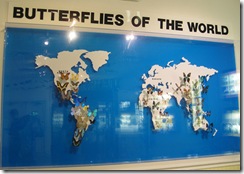
To begin our tour we entered the Learning Center. Inside was a map showing different butterflies of the world and where they are located. There was a short film showing the life cycle of butterflies and interesting facts. My favorite exhibit inside the Learning center was three enclosed glass containers where you can observe caterpillars feeding on their host plants.

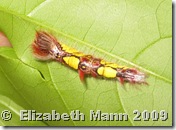
During our tour, Sam Trophia let me take a closer look inside the Blue Morpho caterpillars enclosure. I finally got to see a Blue Morpho caterpillar! It was quite funny looking and not beautiful like the adult butterfly it will become. It had a strange hair style and bright colors along its back. Touching a Blue Morpho caterpillar’s hair is not a good idea because they cause skin irritation. I better bring gloves when I go the Costa Rica!
Butterfly Conservatory
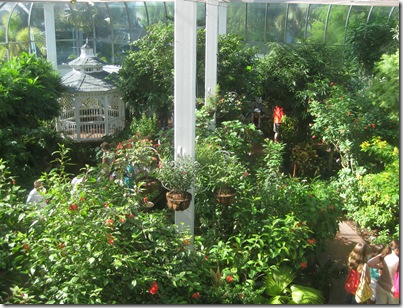
(Picture taken from the second floor during our ‘behind the scenes” tour.)
My excitement grew as we entered the butterfly pavilion. Every detail was perfect. The tropical flowers were bursting with blooms. Large Blue Morphos and tropical butterflies swirled around us giving us a sense of peace and tranquility.

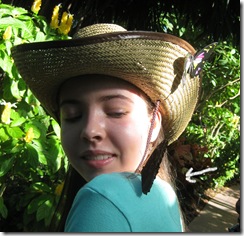
Dad and I discovered how sociable Blue Morpho butterflies are. We were told that if a butterfly lands on us we are blessed. I thought I was special to have one land on my shoulder, but soon discovered my dad had two land him! One on his head and the other on his leg. They blend in very well with their wings closed so follow the pointing arrows to find them. The butterfly on my hat is paper, but the one on my shoulder is real. The paper butterfly is a gift to all visitors to the conservatory.
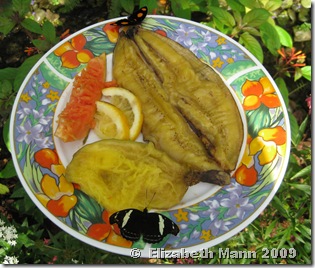
The multiple fruit platters around the conservatory attract many different butterfly species. Butterflies are treated like royalty at this conservatory! Note the colorful flowers on the elaborate plate.
Beautiful Butterflies
It took some thought to pick out my favorite butterfly pictures. I purchased a Butterfly Identification Guide at the Key West Butterfly & Nature Conservatory gift shop to help identify the different tropical butterflies I saw.
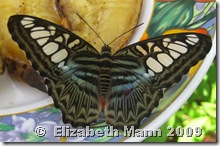
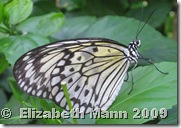
1. Blue Clipper 2. Rice paper

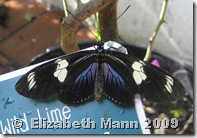
3. Tailed Jay 4. Doris Longwing
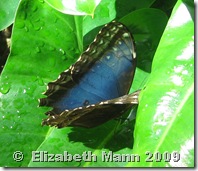
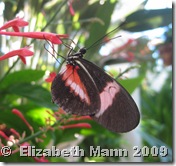
4. Blue Morpho 5. Crimson-patched Longwing
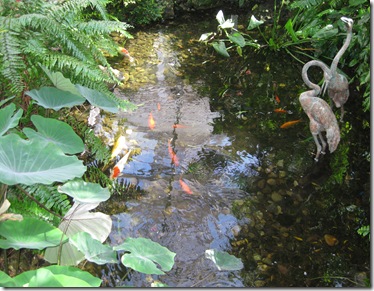
Inside the conservatory were beautiful waterfalls and a brook with Koi fish swimming around. Mr. Trophia pointed out baby fish living with their parents. The water adds moisture to the air which helps to provide the humidity tropical butterflies need.
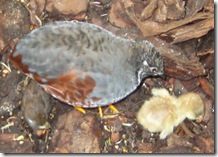
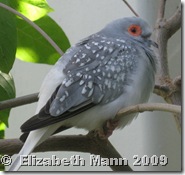
Inside the conservatory are a variety of about 15 different small birds that eat fruit and seeds, but don’t harm the butterflies. Instead of using chemicals that kill butterflies, they use birds to control mosquitoes and aphids. (The first picture is a quail and her new baby eating.)
Butterfly Laboratory
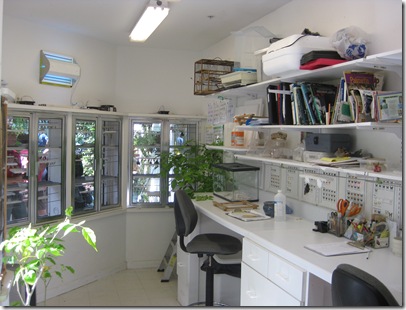
Visitors are unable to go inside the laboratory, but Mr. Trophia, who is keeper of the laboratory keys went inside and snapped a photo for me. Now you can get a glimpse inside the laboratory where the butterfly chrysalises are kept.
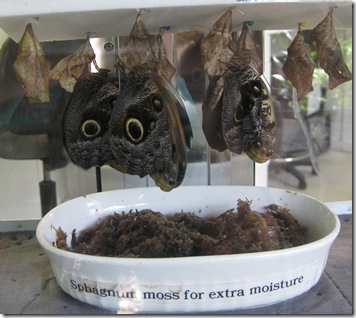
A closer look from my outside view shows the emerging butterflies. These are large Owl butterflies that fly at dusk in the rain forests of Costa Rica. On January 12, my mom and I leave for Costa Rica and will stay in the jungle where the Owl butterfly lives.
The owners of the conservatory are concerned about butterfly conservation. The butterflies (and birds) flying in the conservatory are not captured from the wild. They are bred in captivity in different areas of the world. Regulated Butterfly farming provides income for people living in rain forests. Instead of destroying trees for agriculture, people can live off of the land. The extra butterflies that are not sold are released into the wild further helping the butterfly populations!
“Behind the Scenes Exclusive Tour for Elizabeth’s Secret Garden”.

The butterflies live a wonderful life in the conservatory, but will eventually die. The owner, Sam Trophia, recycles the specimens by creating artwork with them and selling them in the art gallery. He creates ornaments and shadow boxes with the deceased butterflies. My favorite piece was a mirror surrounded by blue butterflies. You can purchase them online and ship them almost anywhere. They are a perfect gift for family and friends this Christmas season.
Click on this link to see butterflies in display cases that are available for purchase. http://shoppingthekeys.com/store/merchant.mvc?Screen=CTGY&Category_Code=CS
To see the other gift shop items visit http://shoppingthekeys.com/store/merchant.mvc?Screen=CTGY&Category_Code=GS 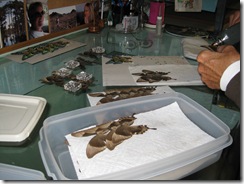
Butterflies are carefully preserved and sorted in the correct boxes. They will later be turned into beautiful art arrangements.
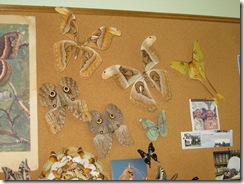
The Atlas Moth is the largest moth in the world. It was proudly displayed at the top of bulletin board along with the Owl butterfly and other species.
I strongly recommend that everyone visit The Key West Butterfly & Nature Conservatory. I want to thank Sam Trophia for making our visit very enjoyable. My love for butterflies has increased, but most importantly my love for the God who “painted every color on their wings” has grown. (The phrase in parenthesis is quoted from Abigail Breslin in the movie “The Ultimate Gift”.)
When you visit, tell them “Elizabeth’s Secret Garden” sent you!
Below is a video I put together of our trip to Key West.
Also check out my book on butterflies!
It includes all about how to raise butterflies, their life cycles, and butterfly gardens/conservatories I have visited. The Key West Butterfly and Nature Conservatory is included in my book. Happy Butterfly Gardening!
Purchase book here to support my work: https://www.createspace.com/4083202
